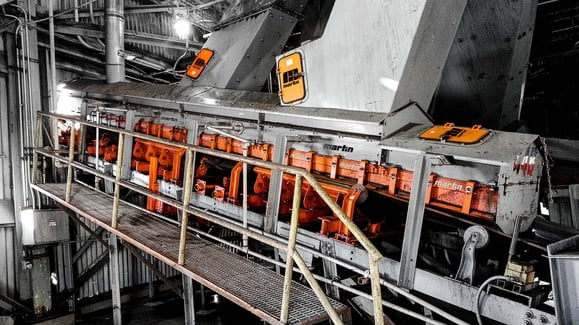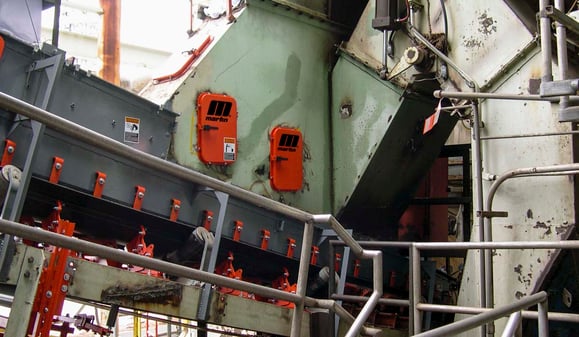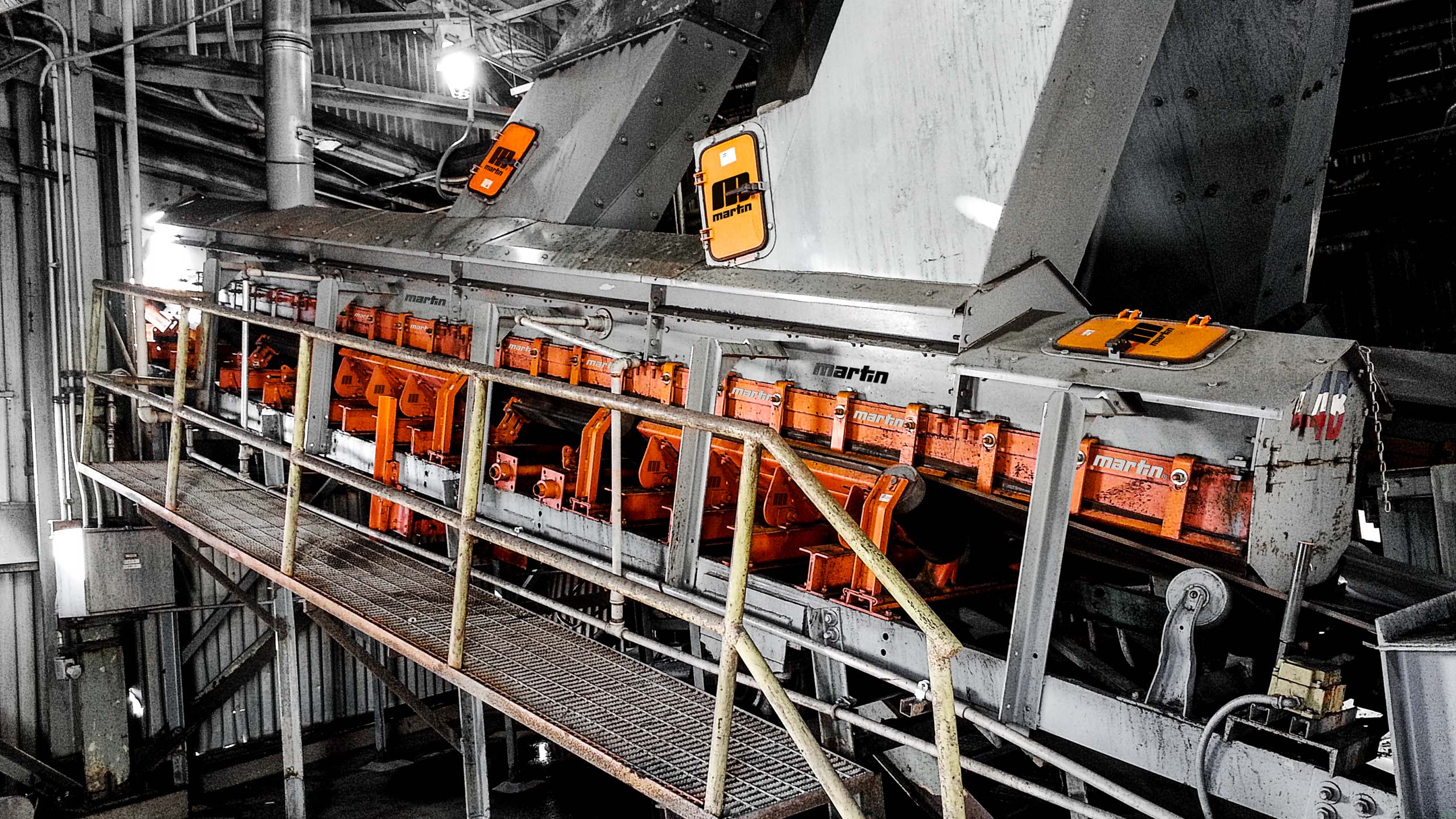By Don Papini on Jun 11, 2021 12:46:50 PM
Have you ever heard the saying “if I had a dollar for every time I heard that, I would be rich?” Well, if I had a dollar for every time I was asked to inspect conveyor components and couldn’t due to not having access, I would be retired! But then you wouldn't be reading this blog post, would you? I do have to say that I am a bit surprised that conveyor systems are still being designed with little to no access at all.
In 2019, Occupational Safety Highlights ranked mining as 4th in industries that result in fatalities due to confined space. The results specify the fatality rate as one employee per 100,000 workers which has an overall annual cost of $171.0 billion.
source: Injury Facts: https://injuryfacts.nsc.org/work/work-overview/work-safety-introduction/
Safety vs. Cost
The safety of employees and contractors should always be placed as the top priority. Continuing to design belt conveyor systems with minimal or no access to service components can lead to injury or death. I also understand the other side of this...being the competitive side of bidding capital projects. The customer (most times) is looking for the best price which drives designs to be cut in areas to compete in a bidding war. Once the conveyor system is on-site and in operation, the end-user is then left to correct the poor-design shortfalls and spend thousands of dollars to do so.
Conveyor Component Access
Let’s talk now about conveyor components and access issues specifically.  are critical pieces of equipment used to aid in cleaning the return side of the belt after it has left the head pulley. Depending on the operation's needs and the severity of the carryback, a customer can have one to three belt cleaners in operation... possibly even more. Having good access to change-out belt cleaner blades allows plant personnel or contractors an easy and safe way to work on this equipment from the catwalk.
are critical pieces of equipment used to aid in cleaning the return side of the belt after it has left the head pulley. Depending on the operation's needs and the severity of the carryback, a customer can have one to three belt cleaners in operation... possibly even more. Having good access to change-out belt cleaner blades allows plant personnel or contractors an easy and safe way to work on this equipment from the catwalk.

To achieve this,  should be strategically installed so that the operator can access the correct side of the cleaner. Not only would an operator need access, but he or she would also need room to work on this equipment outside of the headbox. Access doors come in all sizes and shapes as well as with safety guards. They are easy to install, maintain, and remove if needing to be replaced.
should be strategically installed so that the operator can access the correct side of the cleaner. Not only would an operator need access, but he or she would also need room to work on this equipment outside of the headbox. Access doors come in all sizes and shapes as well as with safety guards. They are easy to install, maintain, and remove if needing to be replaced.
What If No Access?
Without the proper access to service this equipment, the operator would have two options:
1. Dismantle the headbox shell (if possible) and lift it off the structure, placing it onto the catwalk. This process is time-consuming and takes the proper equipment and manpower to complete safely.
2. Tie off and crawl into the headbox by climbing up the conveyor belt.
Now, the second option is where confined space comes into play and the risk of injury or death increases exponentially. Confined space is defined by three things:
- The area limits entry and exit
- It is not intended for continuous human occupancy
- The space is large enough for you to enter and conduct work
If there aren't access doors that allow work to be safely performed from the catwalk and the worker has to crawl into the headbox, wouldn’t that dictate that this is a confined space environment?

Adding some access doors not only reduces the chance of injury or death but also speeds up the amount of time it takes to service the equipment and improves plant morale. Access doors are very inexpensive nowadays so do your personnel a favor and make their jobs safer.




comments